The vague recollection of walking the harbour at Piran didn’t start niggling until Day 2 in this fabulous Slovenian town. Walking from the outer beach back to town, I began to feel as if I’d been there before. I tweeted a few photos and immediately had a response from a Serbian friend reminding me of the fish dinner we’d had there some 10 years ago. I checked my blog and yes… it was true. Known as the pearl of the Slovenian Meditteranean, Piran spent a lot of time under the Venetian thumb.
In 1283 Piran accepted the authority of Venice, which lasted until the decline of the Venetian Republic in 1797. After that it fell under the authority of Austria until 1918. In the period between both world wars this territory belonged to Italy and later to Yugoslavia and Slovenia.

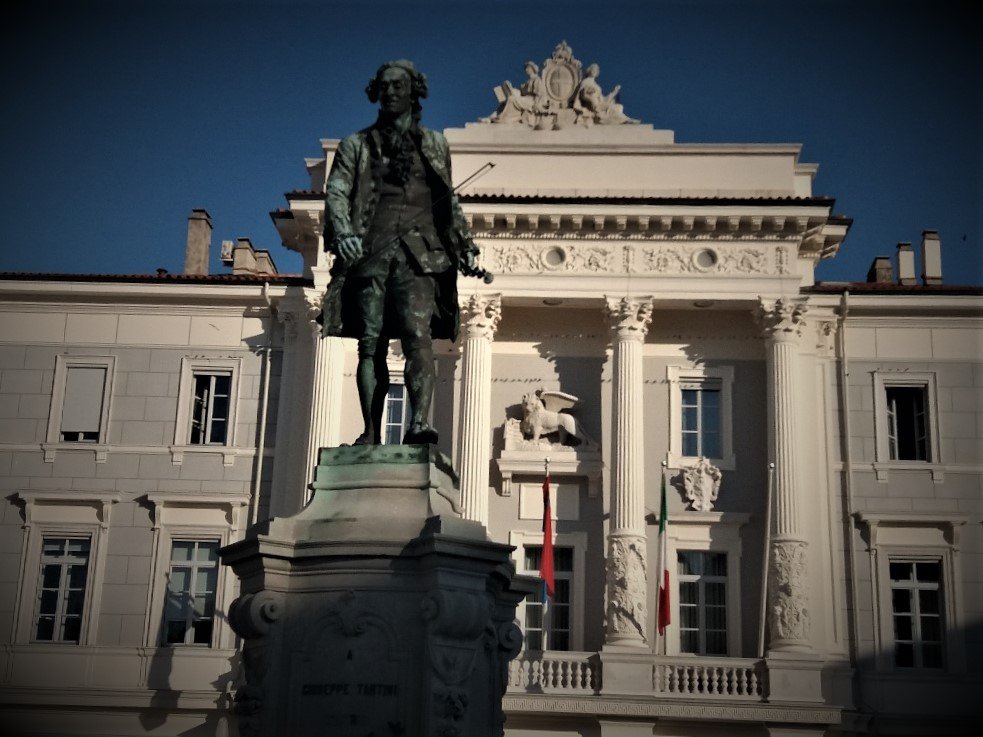
Evidence of those 500 or so years can still be seen in the narrow streets overlooked by balconies and in the grandeur of the squares. 1 May Square was the place to be until the more elaborate Tartini Square, built as a homage to the town’s favourite son, violinist Giuseppe Tartini, took pride of place. Walking across the tiles giving a nod to the statue of the man himself, you could be forgiven for not knowing that you were walking on what was once the mandrač – the old town port. Cafés and restaurants line the perimeter and unlike many main squares in nearby cities, the prices don’t reflect the stunning views and location.
Tartini was some man. Just 18, he married the niece of the Bishop of Padua, Elizabetta Premazore, and had to flee the city three years later when the couple was outed. He’d gone there to study law and when discovered to have wed without permission, he fled to Assisi to study the violin.
The fundamental principles of the bow and of bowing were, in any case, an important subject of his studies. About one-hundred and sixty years later, in 1877, […] the principles Tartini discovered and elucidated served as the basis of every violin school in the world. […] Another example of his research is that the diameters of violin strings in Stradivari’s day can be deduced from experiments made by Tartini in 1734.
His favourite composition, Sonata per Violino in sol minore – Il Trillo del Diavolo (Violin Sonata in G Minor–The Devil’s Trill), came to him in a dream. It’s a remarkable story that goes a long way in explaining the pride the Piranesi take in his work. Indeed, lovers of classical music will find Piran to be a heaven on earth, with recitals performed regularly around the town and in particular in the fourteenth-century Minorite Monastery, now tended to by the Franciscans. We wandered into the cloister, drawn by the sound of invisible singers – most likely the monks practising their repertoire. We had the place to ourselves with plenty of time to enjoy the paintings and the seat made from a 500-year-old olive tree. We missed out on the basement Pinacotheque (picture gallery), though, but there’s always next time.


A visit to the hillside cemetery is a must. Even if the cemetery itself holds no appeal, the views over the town and the harbour are worth the sweat. But it’s the Church of St George with its 50-metre-high bell tower (campanile) that orients you as you navigate the maze of streets. From here, you can see Italy (Trieste) to the north and Croatia to the south. We took a peek through the iron grills and marvelled at the beauty inside, making a note to come back for a proper visit next time. I might even be tempted to climb the 150 steps to the top of the bell tower. Doubtful, but you never know.

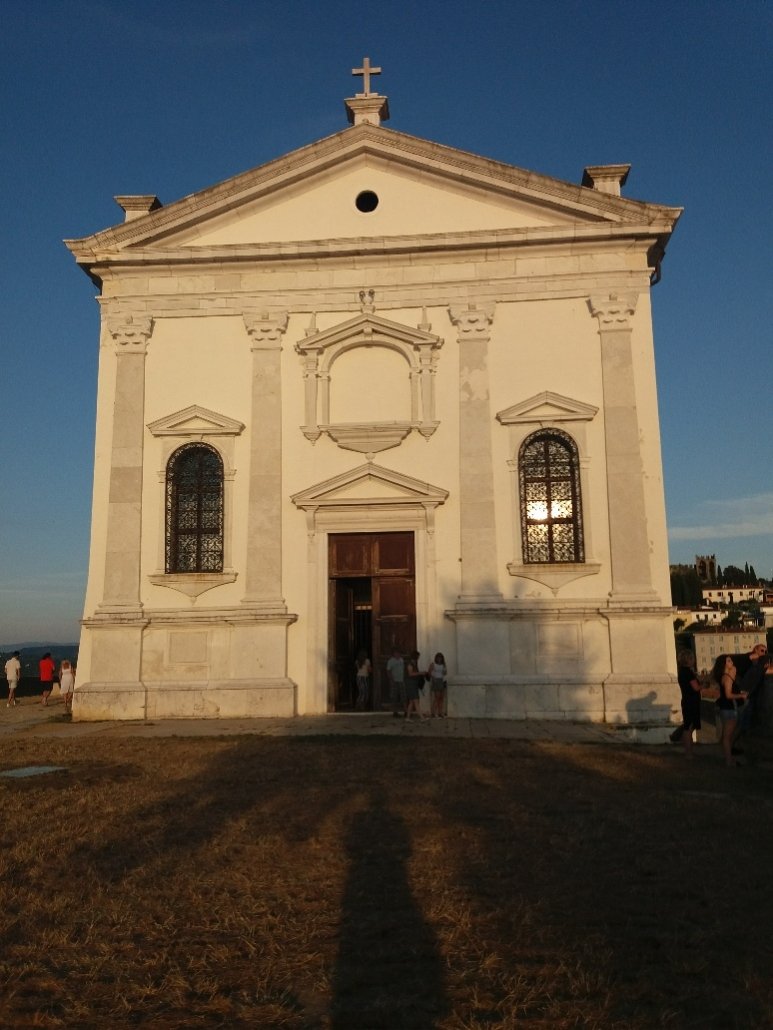
Piran has ten churches and while St George’s is the most important, we lucked out on Sunday evening. I’d made a note of the mass times but didn’t read the fine print. Mass was indeed at 8 pm but not in St George’s. It was in St Stefan’s. Luckily nowhere is very far in Piran so we made back down the hill in time. About 30 locals (and us) had gathered and without a choir or an organ, they sang their hearts on in what was one of the holiest masses I’ve been to in a long time. The collection of monstrances set in a niche was quite something – and yet again I found myself remarking on the tangible safety of Piran.
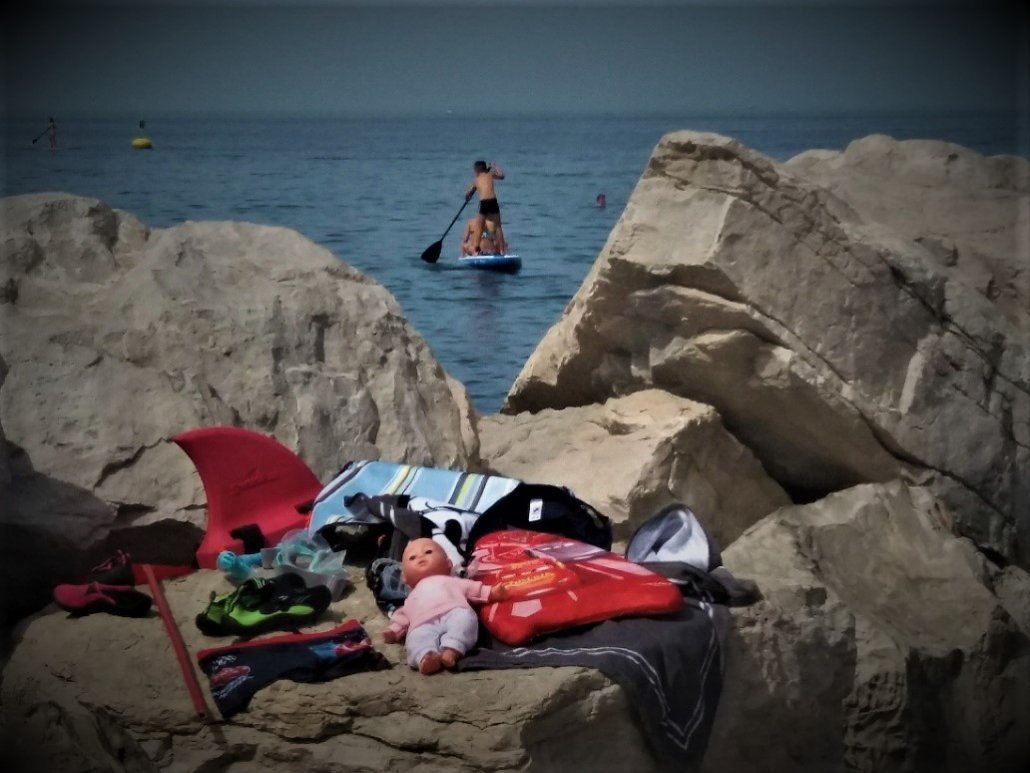
On the advice of our Airbnb hosts, Tomaz and Gordana, from Carpe Diem, we stayed local, on the concrete beaches. Nearby Portoroz has lots of sand and the myriad umbrellaed sun worshippers that goes with it. Piran is quieter. People lie on the flat rocks or sit on the street benches and then walk a few steps to the ladders and steps leading straight into the crystal clear, deep, and refreshingly cool Adriatic. The coastal path leading to the punta, the historical point of Piran, is lined with restaurants and cafés, where fish is definitely the choice of the day. We parked ourselves on a bench, ten steps from the water’s edge and ten steps from the bar, all the while thinking of whether we really did want to take on another project in Hungary or whether we’d be better off moving to Piran.
The harbour reminded me a little of St Julian’s in Malta but with a completely different feel. The tourists were mostly French, German, and Italian rather than British and Irish and American. The sunsets would give La Boca a run for its money. With some 1200 people living in the old town of Piran, by Day 3 we were beginning to recognise people, like the man who read at mass, and the woman who worked at the gallery and the bartender who made a great margarita. Piran was starting to feel like home. It definitely warrants a longer visit.
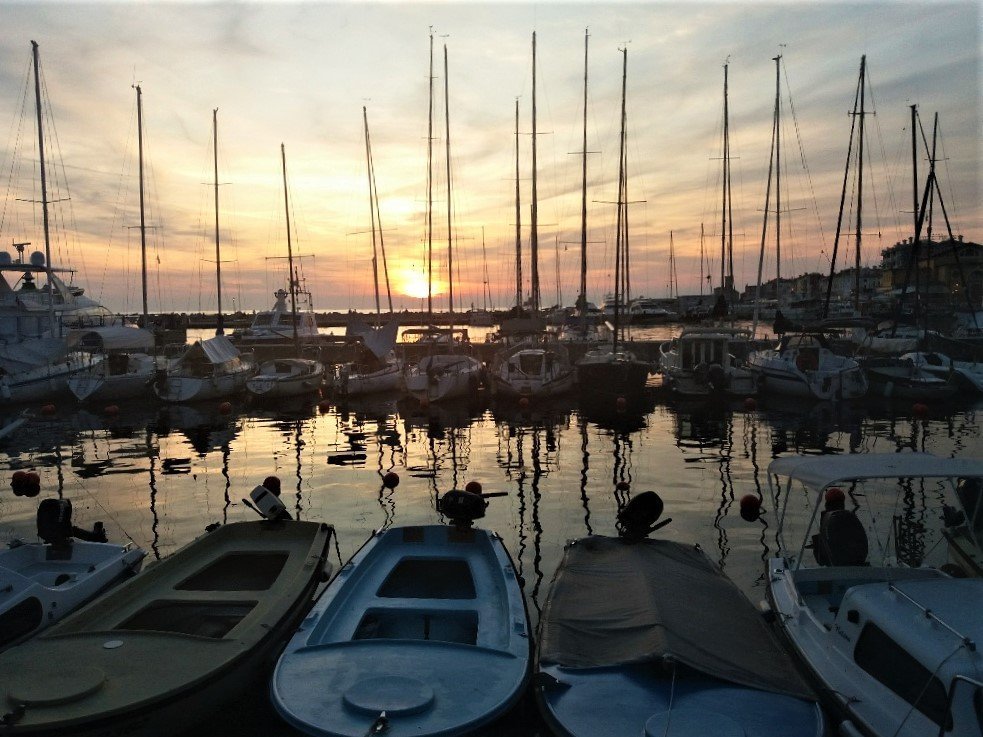


Share this:
- Click to share on Twitter (Opens in new window)
- Click to share on Facebook (Opens in new window)
- Click to share on Pinterest (Opens in new window)
- Click to share on LinkedIn (Opens in new window)
- Click to share on Reddit (Opens in new window)
- Click to share on WhatsApp (Opens in new window)
- Click to share on Pocket (Opens in new window)
- Click to share on Telegram (Opens in new window)
- Click to email a link to a friend (Opens in new window)



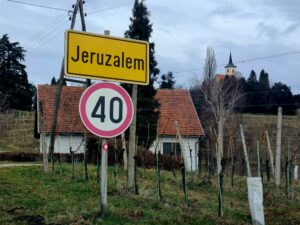



2 Responses